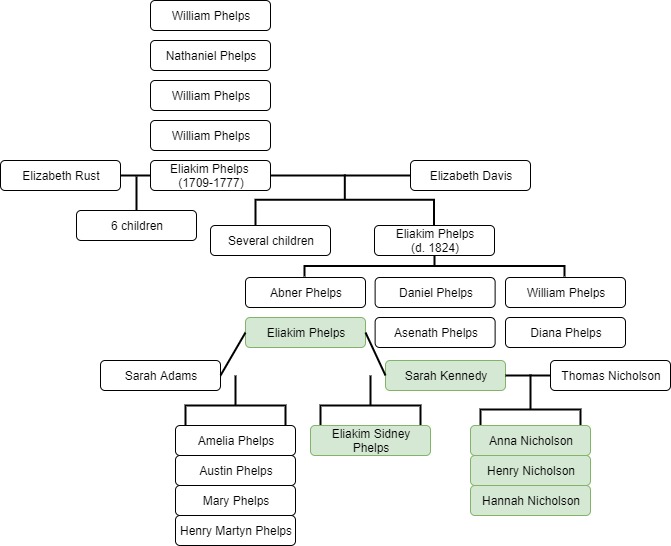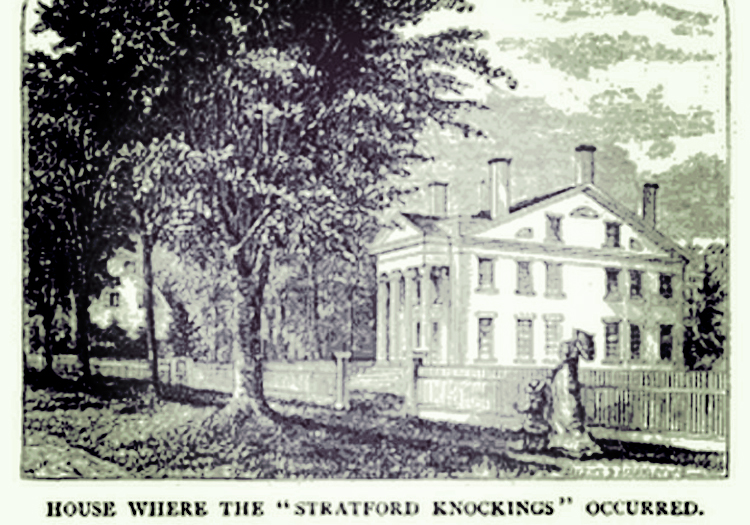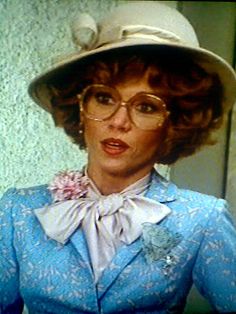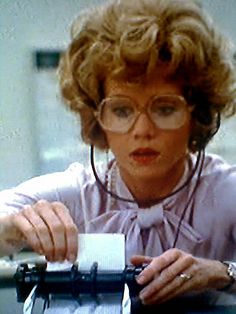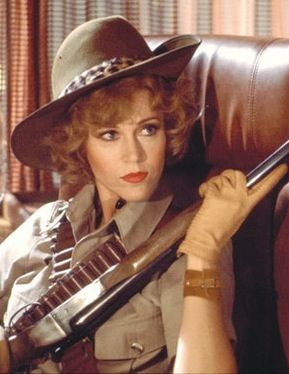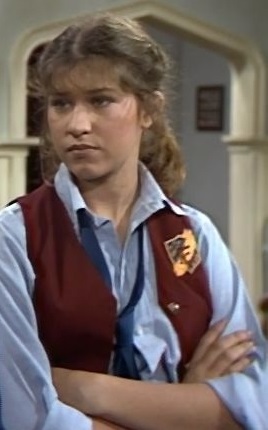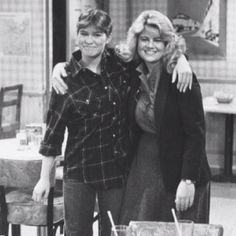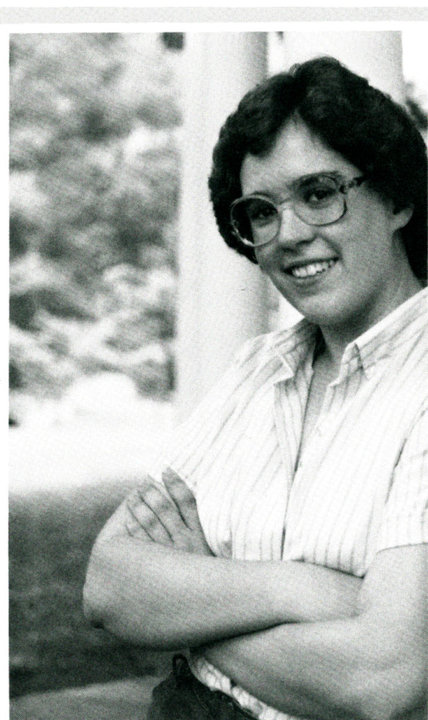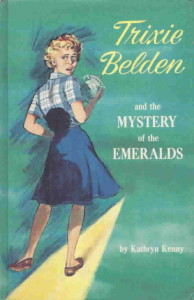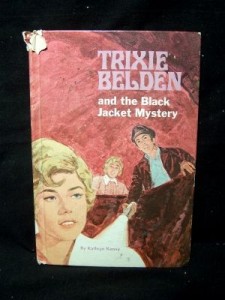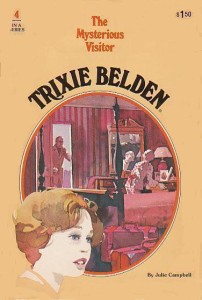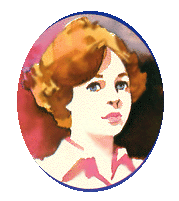
Photo by Lukasz Szmigiel on Unsplash
(Originally published on April 29, 2021, at the sunsetted GlitterCollective blog.)
When I was in 3rd grade, I was attending an elementary school in northern Delaware that is no longer extant, and one of my friends told me a story his older brother had told him about a haunted house near our school. I remember that we, as suburban 8-year-olds who didn’t live near the school and who had no means of getting anywhere without our parents, solemnly agreed that we both totally knew where the house was and that we would meet there at midnight. Most of the details escape me now, but I remember that it was a mansion with a gatehouse.
The next time I heard about a haunted mansion, I was in college in the late 1980s. This story had more details: it was a mansion with a gatehouse and a long driveway on one of the back roads of the Brandywine valley of Delaware near the Pennsylvania line. The trees around the house grew away from it as if leaning away from something evil, the windows were made in cross shapes and glowed red sometimes at night, and there were black trucks with tinted glass that would emerge from the lot near the gatehouse and follow you if you drove past the house too many times. Lots of Satanic Panic was involved, saying that there was a Satan worshipping cult and/or the KKK that met there. A decade later, the story I heard shifted a bit so that the trucks became SUVs, and the addition of mutilated animals first cropped up along with the tale of the Skull Tree, which supposedly had something that looked like a human skull embedded in its trunk. Of course, the versions I heard in the 90s were from people who claimed to have seen it, but still somehow couldn’t provide me with an address.
The original story put it somewhere in Greenville, Delaware. The last time I heard it from a person in Delaware (in the early 2000s), the house was identified as a mansion belonging to someone in the Du Pont family. This put it closer to one of the most visible still-occupied Du Pont mansions, Granogue, but it was clearly NOT that estate, since I knew where it was and had driven past it many times, and there were no oddly-grown trees or inverted cross windows. I note that several of the really spectacular Du Pont mansions have been turned into museums like Winterthur and Longwood Gardens, but there are a lot of other fancy residences belonging to Du Pont heirs and cousins (some of which have also been turned into parks or museums, like the Mount Cuba Center), as well as other Extremely Wealthy Colonial Families of northern Delaware (or the nouveau riche families who bought the mansions off them).

In any case, I had never been able to get the name of the road it was on, though on a couple of occasions I drove over many of the roads in that area, sometimes with my wife, looking for the place unsuccessfully. Though we found an awesome feral bamboo forest in the meantime.
A Location? Really?
Today, out of curiosity, I googled “cult house delaware” to see what I got. Lo and behold, people are producing addresses. But how odd! The address provided is on the Pennsylvania side of the border in Chadd’s Ford… where it was never located in the 1970s or 1980s or 1990s.
The stories on the Weird Pennsylvania article appear to include the story my wife originally read on Obiwan’s UFO-free Paranormal Page back in the 1990s (with no address), as well as other stories that identify it as being on Cossart Road. One other site talks about the road’s residents and township’s reactions to teens cruising the road (eg, removing all the road signs, removing the Skull Tree), and so does this Reddit thread. Finally, I found a Youtube “drivethrough” of the road and watched it.
Fascinatingly, the supposed cult house is a) invisible from the road (how did people see the windows? granted some of that growth along the road is relatively young, if you look at it on GoogleMaps) and b) does not have a gatehouse or parking area visible from the road. I accept that the trees along the road are a little odd (but between the electrical lines run over them and the angle of the sun, the tilt makes sense), but they’re not along the house’s driveway or around the house itself, which is in contradiction to the earlier stories.
Development of the Lore
There are new eyerolling details about illegal incestuous marriages, although cousins aren’t actually particularly problematic, and there were and are plenty of extremely wealthy families for the Du Ponts to intermarry with (see also the Du Pont women who married into the English nobility, etc) so that cousin marriages were fairly unusual, as I recall from some of my reading. Also deformed babies killed by eugenic wealthy relatives buried under the Skull Tree. Wow, fascinating add-ons, folks.
There are a few vague mentions on some of these sites of a movie called “The Village” by M. Night Shyamalan from 2004, and I suspect that the filming site of this movie — a village set built in a field in Chadd’s Ford — is the source of this new “identification” of the house. There appears to be a rumor that the village was built near the cult house.
The location may also be tied to a trio of gang murders in 1978 in which the victims were shot and buried along Cossart Road. Those murders would actually date to just after the time I started hearing about the house, which would suggest that any movement toward the house being on Cossart could date from that time.
Also the aspect of being chased by red trucks or black SUVs seems to be dropping out of circulation in the post-identification era. There’s nowhere for them to come from, and this is one of the least convoluted roads in the area anyway, so nowhere for them to turn off to or for pursued drivers to duck off to… just a stretch of road with houses along it.
Well, Let’s Look At History
Me being me, I decided to hare off and see if there are, in fact, any Du Pont families along that road.
Cossart Road is a ~2-mile-long east-west road that runs from Route 100 (which roughly parallels the west bank of the Brandywine Creek) in the east to Route 52 (Kennett Pike) in the west. From a map of Birmingham township (the original township where Chadd’s Ford was located, which was, as you might imagine, a ford across the Brandywine, or the Fiske Kill as it was named by the Dutch colonizers who originally settled the area and shoved the Lenni Lenape out) that included land grants of the early 1700s, the eastern portion of the land that contains Cossart Road was owned by George Harlan, possibly granted somewhere around 1702. Cossart was part of Kennett Township, as parceled up by William Penn et al. The region was parceled off Kennett into Pennsbury Township in the late 1700s.
On a Pennsbury map from 1860, large swathes of the eastern portion of Cossart were owned by J.H.Pyle, with a single exception of a house on the road owned by P.William. The area around the address appears to be a W.Hawke with another singleton house on the road without a legible name. An 1883 map shows Pyle still in possession, splitting the road with a John McC(ann?oane?). In 1880, Job H Pyle is listed as a farmer in Pennsbury, living with wife Jane, son Henry, and a number of laborers and boarders. Other people on the stretch recorded by the census taker included Joseph B Pyle, miller, and his family, and families by the names of Cloud, Washington, Woodward, Dilworth, Sharpless, and Johnston. In 1900, Joseph B Pyle is still there, along with the Woodwards and a couple other familiar names, and the people living along that stretch of road are all still farmers. In 1910, Margaret Pyle, a widow, is still living among the Clouds and Sharplesses, people whose professions were farmers, farm laborers, creamerymen, carpenters, and schoolteachers.
In 1920, we get our first confirmed residents of Cossart Rd:
- Ralph and Celia Keiser – he was an operator for the telegraph company
- James and Edna Hart – he was a fireman for the railroad
- Mark and Myrtle Mackey – he was a dairyman farmer
- John and Louise Clendening – they were from England and he was a butler!
- George and Helen Van Horn – he was a farm laborer and they had a large household of children, grandchildren, and boarders (who variously were farmers, stenographers for the powder company, and operators for the telegraph company)
- John and Flora Nichol – both Scottish, and he was a gardener
Turning the corner off Cossart onto Parkerville Street Road (not sure at all what road this is in present; Parkerville is significantly north, but this continues through to Kennett Pike, which seems to make geographic sense), we also see:
- Mary Lumb – a laundress in a private home
- Rose Brittingham and her husband Wilbur – English couple; she was a housekeeper in a private home
- Annie Boody – a laundress in a private home
- among many others
So we have our first indication that there is a wealthy house in the neighborhood that supports a butler, housekeeper, and laundresses, as well as possibly a gardener or two.
In 1930, Cossart Road has quite a few people, and now we have more information. For instance, Ellen C Wilson and her nephew Floyd live in a house worth $600 — significantly more than many of her neighbors, whose homes are worth in the $6-$10 range. Still, she doesn’t have an occupation, but Floyd is a coalyard laborer — doesn’t seem likely to be the scion of wealth. Elsewhere on the road we have a George Bary and his wife Mary, a Russian trainer at a dog kennel. We have William Gregg, a farm manager, who has enough money to bring in a woman only known as Latchford, who is a cook in a private family (probably his). There’s Gordon Murray, a Scottish florist who works in greenhouses. Oh, and there’s Ralph and Celia Keiser — Ralph’s an agent for the railroad now, and their house appears to be worth $650. Looking around a little more, on Fairville Road there’s Albert Walker, a general farmer, and the value on his property is an appalling $5000. But then the geography gets muddled and the censustaker apparently goes north for his next census.
In 1940, alas, we do not have any reference to the street names, which makes the various private estates listed mysterious.
It’s fascinating that we have evidence of wealthy homes along these roads, but very few apparent census records of these wealthy homes. Guessing that these houses were gated and had no interest in participating in the census, making these homes even more invisible than they already are. Wealth hath privilege.
While the purported Cult House has no information online, I note that 935 Cossart, an admirable stone farmhouse, was on the market relatively recently and had some photos up. This 7600+ sq ft home was built in 1911, which is when we started to see servants and estate employees, so it makes some sense that the turn of the century is probably when the Money arrived on Cossart. Other houses with real estate listings appear to consist of a range of properties, from ugly recently-built McMansions (including a 12K sq ft monstrosity at 217) to 1950s suburban tract houses that have had some updates.
So, back to the Du Ponts. Pierre Samuel du Pont de Nemours arrived in the US in 1800 with his sons, one of whom, Éleuthère Irénée du Pont, founded the gunpowder company on the banks of the Brandywine in Delaware that would become DuPont Company. Their first mansion was right there, Eleutherian Mills, and has in part been turned into the Hagley Museum (the site of my earliest remembered school field trip). It’s hard to track all the members of the family, because of course the women marry out and take a lot of money with them to join up with their husbands’ money and make more money, in the way of capitalists. There is no guarantee that some Du Pont or other didn’t live at some point on Cossart Road, but I can say that as of 1940, no one named Du Pont appeared on the census records in the area. There were other impressive names on private estates in Pennsbury, like someone with Morgan as a last name, but nothing to directly connect to the Du Ponts.
Conclusion
This is one of those urban legends that has grown in the telling, and it’s fascinating to see the changes that have transpired over 4 decades. I am not convinced that the “cult house” is or has ever been on Cossart Road, nor am I convinced that it ever existed at all. Still, it’s fun to have a “hometown” spooky story that I’ve been able to watch as it changes.

